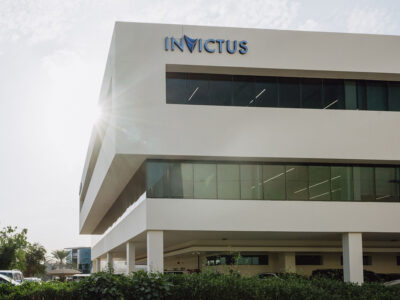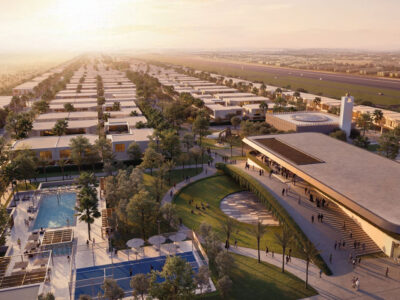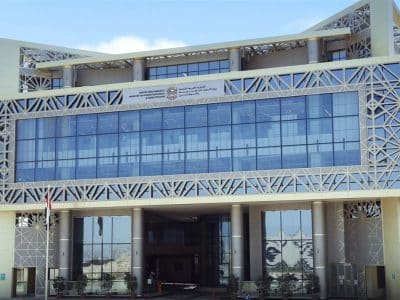Two giant new schools are being built in Qatar using ground-breaking 3D-printing technology.
UCC Holding and Qatar’s Public Works Authority (Ashghal) have begun the printing phase of the 3D-Printed Schools Project, marking the start of the largest 3D-printed construction development ever undertaken globally.
The pioneering project involves the construction of 14 public schools, including two being fully built using 3D-printing technology, each covering 20,000sq m — a combined total of 40,000sq m.
3D-printed schools in Qatar
The developers say this makes the project 40 times larger than any existing 3D-printed building in the world, cementing Qatar’s leadership in construction innovation.
Each of the two 3D-printed schools is designed as a two-storey structure, situated on 100m x 100m plots, showcasing a scalable, sustainable model for educational infrastructure both in Qatar and across the region.
To achieve this scale, UCC Holding partnered with COBOD, a Danish global leader in 3D construction printing, to deploy two custom BODXL printers. Each printer is 50m-long, 30m-wide, and 15m-high—comparable to the size of a Boeing 737 hangar—making them the largest construction printers ever built.
Extensive groundwork preceded the launch, including site prep, equipment assembly, and more than 100 full-scale test prints. A dedicated UCC 3D construction team, comprising architects, engineers, material scientists, and printer technicians, worked for eight months at a Doha-based trial site to perfect the process.
They developed localised concrete mix designs, engineered custom print nozzles, and studied performance under extreme climate conditions.
In May 2025, the team completed intensive hands-on training with COBOD engineers, learning advanced techniques in print sequencing, structural layering, and real-time quality control.
Beyond the scale, the project offers significant environmental and operational advantages. Compared to traditional methods, 3D printing:
- Reduces raw material waste and concrete usage, cutting carbon emissions
- Minimises on-site noise, dust, and transportation needs
- Accelerates construction timelines with round-the-clock automated printing
To optimise performance and protect materials from Qatar’s intense daytime heat, printing operations are scheduled primarily at night, a move that also enhances energy efficiency and worker safety.
The schools’ architecture draws inspiration from Qatar’s desert landscape, with flowing, dune-like walls made possible only through 3D printing’s geometric freedom.
Such parametric, organic designs would be difficult or prohibitively expensive using conventional methods.
The schools are expected to be completed by the end of 2025, reinforcing Qatar’s commitment to sustainable urban development, advanced construction technology, and a smarter, greener future for public infrastructure.








